INVESTING
Home Improvements That Could Land You In Big Legal Trouble If You Attempt Them Yourself
Published
6 months agoon
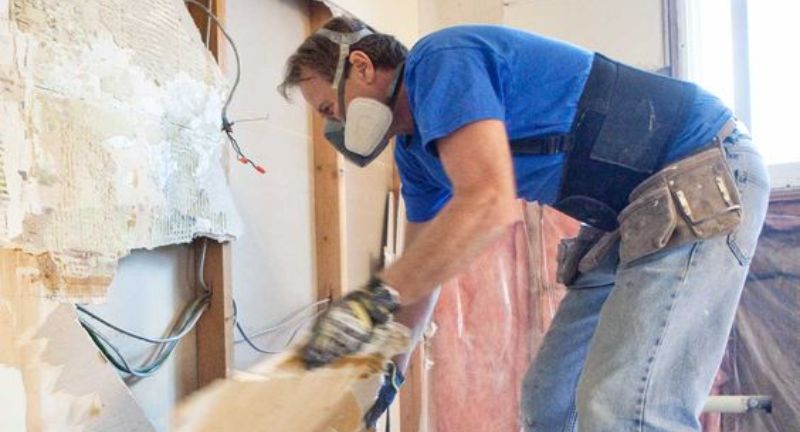
familyhandyman.com/Pinterest
In the grand saga of 2020, where DIY home improvement projects became everyone’s favorite quarantine pastime, it turns out playing handyman might not be as legal as your freshly painted accent wall. Apparently, the thrill of doing it yourself comes with a side of potential illegality.
The legalities of your home improvement masterpiece hinge on the whims of your local building department. Forget about just picking up a paintbrush—some towns want you to pull a permit for everything short of rearranging your furniture. So, unless you’re ready to trade your toolbox for a rap sheet, you might want to rethink those grand renovation plans. Who knew making your living room Pinterest-worthy could be so rebellious?
Swapping Out An Electrical Panel

familyhandyman.com/Pinterest
The cost of a new electrical panel hinges on the amperage and whether rewiring is necessary, with HomeAdvisor estimating an average price of around $1,230.
Some of the most alarming and illicit endeavors witnessed involve homeowners and unlicensed contractors attempting to replace their main electrical panels. This poses substantial risks, putting individuals, the home, and its occupants in harm’s way. Sometimes people unwittingly connected the ground and power wires in reverse, creating a potentially lethal scenario for anyone or anything touching the now electrified ground.
Knocking Down A Wall
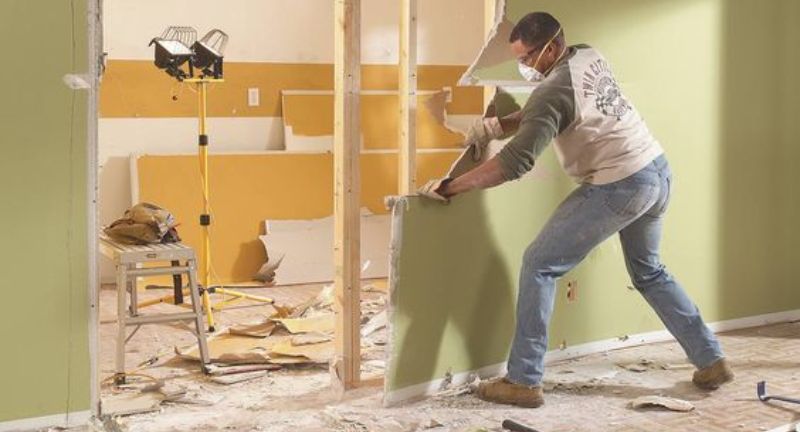
familyhandyman.com/Pinterest
So, you’ve watched one too many home improvement shows, and now you’re dreaming of an open floor plan. Before you channel your inner wrecking ball and unleash chaos on that innocent wall, here’s a reality check: Not all walls are created equal – some are just for looks, while others are pulling double duty as the unsung heroes keeping your roof from caving in. Knocking down the wrong one? Congratulations, you’ve just played Jenga with your home’s integrity.
Now, brace yourself for the financial rollercoaster because the cost to liberate your space from these pesky walls is a wild ride. Depending on whether the wall is merely cosmetic or playing structural superhero, and let’s not forget its location – first or second floor, because apparently, gravity is picky – you might be shelling out anywhere from a mere $300 to a whopping $10,000. So, before you unleash your inner Chip Gaines, maybe check your budget and hire a pro, unless you’re into surprise bills and structural chaos.
Chopping Down Large Trees

down2earth.ca/Pinterest
So, apparently, in the riveting drama of suburban living, we have a recurring character: the daring homeowner with a vision of a tree-less paradise. Landscape experts pity these fearless folks who think yanking out giant trees is just a casual weekend project. Some states have a real issue with non-arborists attempting lumberjack moves, and fines might rain down on your deforestation dreams.
Forbes even jumps into the tree debate, throwing in some numbers to make you question whether that Instagrammable barren backyard is worth the potential financial storm. Spoiler alert: The average cost of tree removal is $1,200. So, before you channel your inner Paul Bunyan, maybe rethink that arboreal rebellion.
Building Your Own Deck

chainsawlarry.com/Pinterest
Self-built decks top the list of DIY safety nightmares. Despite permit requirements in nearly every jurisdiction for deck construction, decks crafted by homeowners wielding a hammer in one hand and a ‘Family Handyman’ guide in the other are a common occurence. Ignorance of the essential principles of secure deck construction can spell disaster.
For those contemplating the financial allure of a DIY deck, the average deck build cost sits at $7,800. Because what’s the harm in balancing on a self-constructed deck, right?
Changing Out An Electric Stove For Gas
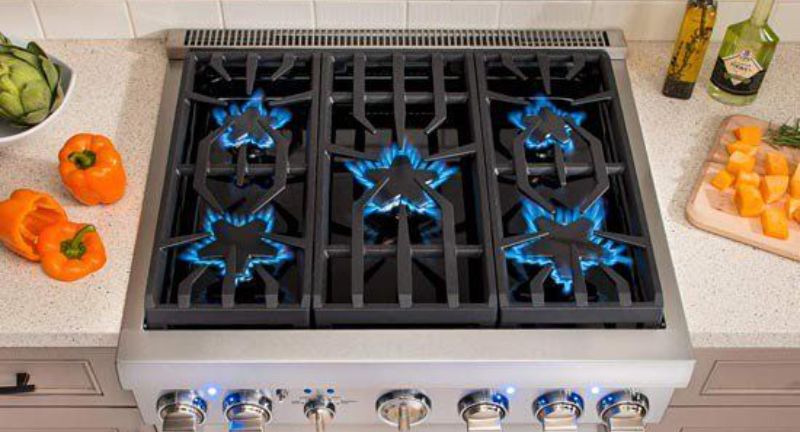
blog.yaleappliance.com/Pinterest
Transitioning from electric to gas cooking may seem straightforward, but in reality, it’s a complex endeavor. The process of switching your stove from electric to gas involves a series of intricacies, necessitating permits and professional assistance. This intricate procedure includes the installation of a gas line and the proper closure of electrical circuits to guarantee the end result is both safe and operational.
The estimated cost for this undertaking, varies widely, ranging from $100 to $2,000. This cost encompasses the multifaceted aspects of the job, reflecting the complexity and professional involvement required in executing a successful transition from electric to gas cooking.
Repairing/Replacing An HVAC
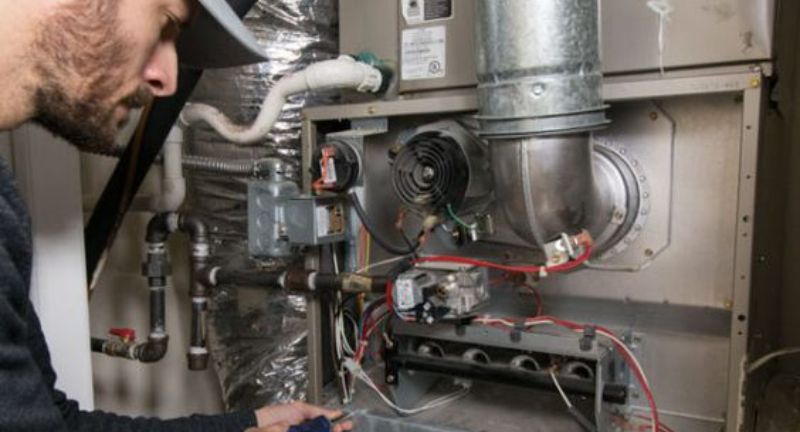
fixthisbuildthat.com/Pinterest
So, your heating and air conditioning go rogue, and you’re tempted to play handyman. Beware, fixing that HVAC system yourself could lead to a gas-related disaster, risking dizziness, asphyxia, and a trip to the ER. It’s not just a risky move; it’s a legal offense that might even void your warranty, leaving you with both a health hazard and a hefty bill for professional help.
Now, if you’re a fan of preventive drama (who isn’t?), getting your HVAC system serviced regularly is the way to go. Just a small price tag of $70-$250. Because who doesn’t love spending money on preventing potential home disasters, right?
Building A Home Addition

simplyadditions.com/Pinterest
When homeowners opt for add-ons, the new level might not seamlessly blend with the original home, resulting in an odd roof line. Compounding the issue, many homeowners prioritize speed and convenience over legal compliance, often neglecting to secure permits for their add-ons or home renovations. This oversight can have lasting consequences, as an unpermitted and uninspected add-on holds little value and cannot be factored into the home’s overall value if it fails inspection.
Installing A Water Heater
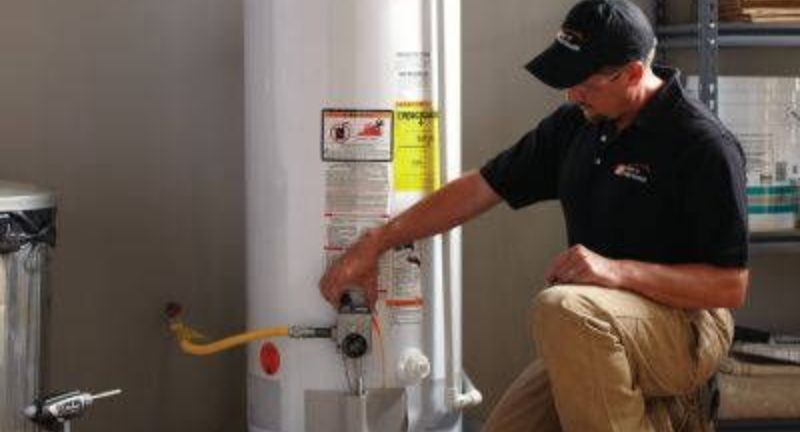
thethriftycouple.com/Pinterest
Attempting this replacement yourself? Congratulations, you’re either dealing with a shocking 220 volts of electricity or dancing with a live gas line, complete with the thrilling possibility of carbon monoxide poisoning. Because who needs a professional when you can embark on a hazardous adventure in your own home? Despite the risks, many DIY-inclined homeowners, armed with more confidence than skill, venture into this hazardous territory.
One expert shared a cautionary tale of a well-intentioned but misguided attempt, recounting a friend’s experience with a free water heater installation gone awry. The amateur installer mistakenly connected a 110-volt line instead of the required 220 volts. The mistake prompted immediate calls to both a plumber and an electrician. For those contemplating such endeavors, the price to pay, both for the unit and installation, hovers around $1,200.
Pumping Your Own Septic

thumbtack.com/Pinterest
Here’s another task that’s firmly in the “leave it to the pros” category. Proper disposal of waste from this process is crucial, with cautionary tales abound about DIY enthusiasts attempting to pump or siphon systems themselves, often resulting in an eco-disaster straight into the yard or a nearby creek.
For those pondering the cost of averting such environmental calamities, it’s estimated to be around $450 on average. Because, let’s face it, saving the planet sometimes requires more than a well-intentioned DIY approach.
Any Roofing At All
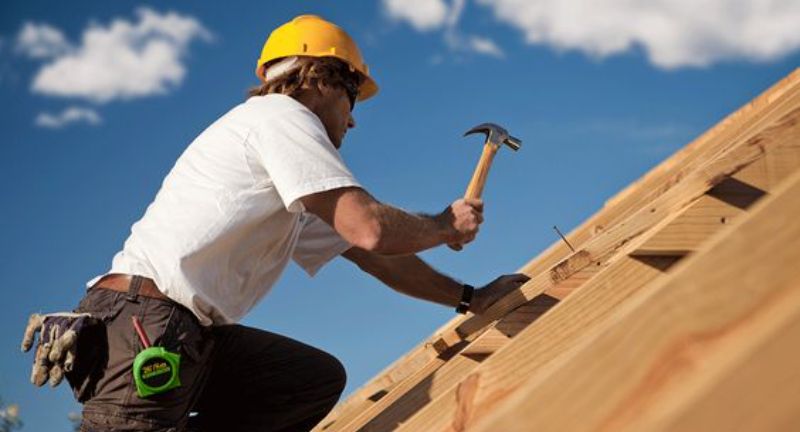
urbansplatter.com/Pinterest
Numerous local building departments mandate that roofers hold state licenses. The significance of proper roofing cannot be understated, if it is executed improperly, it can result in leaks and subsequent damage to the home. Additionally, roofing poses inherent dangers, demanding specific safety gear and carrying a heightened risk of injury for newcomers to the job.
According to experts, factoring in both materials and labor, the average cost of a roof ranges from $7000 to $80,000. Because when it comes to roofing, precision matters, both for the safety of the home and the roofers themselves.
Related Topics:

More From Financially+
-


Wells Fargo Ordered To Pay $3.7 Billion In Restitution And…
-
DailyPay Secures $260 Million in Capital to Expand Globally and…
-


Gas Prices Could Climb Back To $4 For Summer 2023
-


FTX Collapse Prompts Yellen To Call For Regulation
-


Growth In Consumer Price Index Slowed In October
-


Treasury Secretary Janet Yellen Expects Much Lower Inflation In 2023
-


Elon Musk Says Twitter Is In The Fast Lane To…
-


New Unemployment Claims Tick Upward
-


Target issues a holiday sales warning due to declining profits